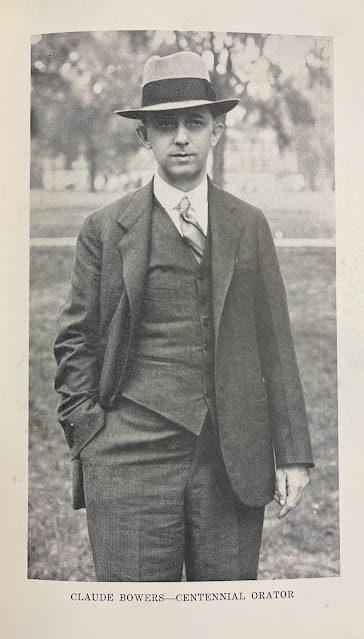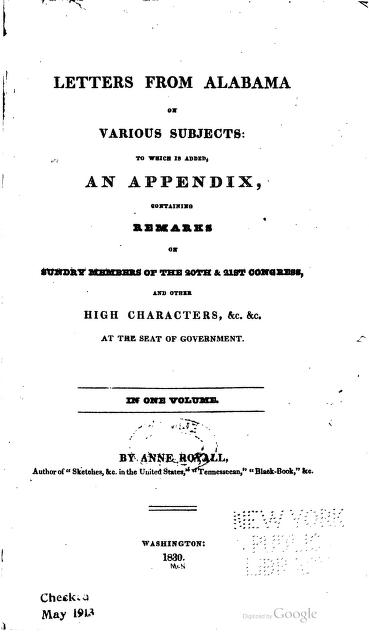Mentone is a small town in DeKalb County in the northeastern part of the state. Mineral springs in the area led to its development in the 1880s as a resort, and it later became a location for summer camps for young people. Mentone is atop Lookout Mountain at an elevation of more than 1700 feet, and naturally cooler in the summer.
The Mentone Springs Hotel opened in 1884 to serve the numerous tourists coming to the area. The hotel thrived until the 1920s, but then began a decline that lasted into the 21st century. The hotel was purchased in 2010 by two couples who began restoration efforts. Unfortunately, the facility burned to the ground in March 2014.
James F. Sulzby, Jr.'s classic Historic Alabama Hotels and Resorts [1960, pp 175-179] has a chapter on Mentone and the Springs Hotel. The hotel was originally built in 1884 by Dr. Frank Caldwell of Pennsylvania. The two-story frame structure had 57 rooms with hot and cold water. Caldwell sold the property in 1896, and new owner Charles Loring further developed the popular facility, which was open from June 1 until October 1 each year.
New owners in 1914 added an annex with 24 rooms, each having a private bath. Ownership changed again in 1918 and once more in 1920, when a group of Baptists purchased it for the denomination's summer activities. That group added a 44-room dormitory, an auditorium for 600 and six classrooms.
The final Baptist summer was in 1932, as the Great Depression deepened. After that, a series of owners had little success, and the hotel sat unused some years. The 2010 purchasers seemed to resurrect the hotel, but the electrical fire ended its history forever.
This postcard comes from my collection. It has no date, but 1981 is mentioned in the text on the reverse side, so it was issued sometime after that. The "family from Atlanta" may be one of the unsuccessful efforts at restoration that took place over the years.
The hotel's zombie web site is still available. The hotel was listed on the National Register of Historic Places in 1983, and the Wikipedia article has links to the nomination form for the National Register. That document in PDF format gives extensive details about the history.
Below the postcard are two more images about the hotel with links to more newspaper articles about it and the fire.
You can read about the supposed visit of Welsh Prince Madoc to the Mentone area in 1170 here.



































